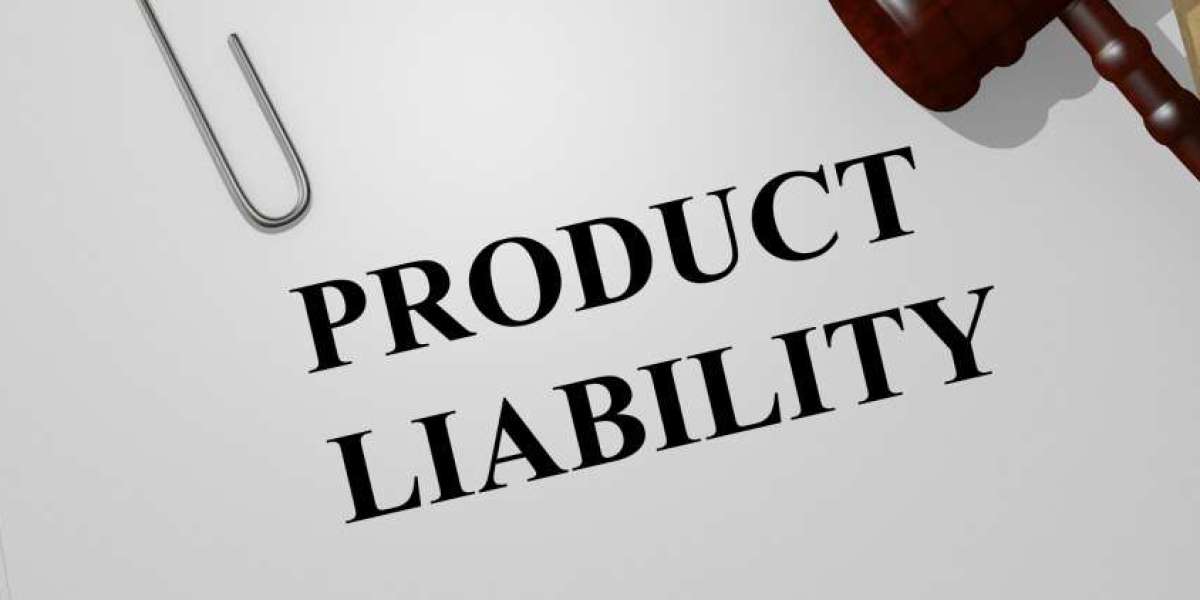Product liability insurance is a crucial safeguard for businesses that design, manufacture, or sell products.
It protects them from financial losses in case a product causes injury or damage. But one of the most common questions business owners ask is: How much does product liability insurance cost? Unfortunately, there's no single, easy answer. The price varies widely based on a multitude of factors. This article will break down those factors to give you a clearer understanding of how insurers calculate premiums.
Factors Influencing Product Liability Insurance Premiums
Several key elements come into play when insurance providers determine your product liability insurance cost. Understanding these factors is essential for budgeting and comparing quotes.
Industry and Product Risk
The nature of your product and the industry you operate in are primary drivers of cost. Products deemed inherently risky, such as children's toys, pharmaceuticals, or heavy machinery, will command higher premiums due to the greater potential for accidents and lawsuits. Conversely, products with a lower perceived risk, like stationery or basic clothing items, typically have lower premiums. The claims history of your specific industry also plays a role. If similar businesses have faced frequent and costly lawsuits, insurers will likely charge higher premiums to mitigate their own risk.
Sales Volume and Revenue
Insurance providers often use your sales volume or revenue as a measure of your business's exposure. Higher sales generally mean a greater number of products in circulation, which statistically increases the chances of a claim. Therefore, businesses with higher sales volumes or revenues typically pay more for product liability coverage.
Claims History
Your business's past claims history is a significant factor. If you have a history of product-related lawsuits or settlements, insurers will view you as a higher risk and charge higher premiums. Even if you haven't been directly involved in a lawsuit, a history of customer complaints or product recalls can also raise red flags and lead to increased costs.
Scope of Coverage
The type and extent of coverage you choose directly impact your premium. Basic policies cover bodily injury and property damage caused by your product. However, you can opt for additional coverage, such as legal defense costs, recall expenses, or coverage for specific types of claims. Each additional layer of protection adds to the overall cost of your policy.
Deductibles
Choosing a higher deductible can lower your premium. A deductible is the amount you pay out of pocket before your insurance coverage kicks in. By opting for a higher deductible, you're essentially sharing more of the risk with the insurer, which results in lower premiums. However, it's crucial to choose a deductible you can comfortably afford in case of a claim.
Location
Your business's location can also influence your product liability insurance costs. Some regions or states may have a higher propensity for lawsuits or stricter product safety regulations, which can lead to higher premiums.
Quality Control and Safety Measures
Businesses that demonstrate a strong commitment to quality control and product safety can sometimes negotiate lower premiums. Insurers appreciate proactive measures taken to minimize the risk of product defects and accidents. Documented quality control processes, rigorous testing procedures, and adherence to industry safety standards can all contribute to lower insurance costs.
Getting Accurate Quotes
The best way to determine the actual cost of product liability insurance for your business is to obtain quotes from multiple insurance providers. Be prepared to provide detailed information about your products, sales volume, claims history, and safety measures. Working with an experienced insurance broker can be beneficial, as they can help you navigate the complexities of product liability insurance and find the most suitable coverage at a competitive price.
Conclusion
Product liability insurance is an essential investment for businesses that deal with physical products. While the cost can vary significantly, understanding the factors that influence premiums will help you make informed decisions about your coverage. Don't hesitate to shop around, compare quotes, and consult with insurance professionals to ensure you have adequate protection at a price that fits your budget. Remember, the cost of a lawsuit resulting from a defective product can far outweigh the cost of insurance.
Visit the official website of routeway360.com



